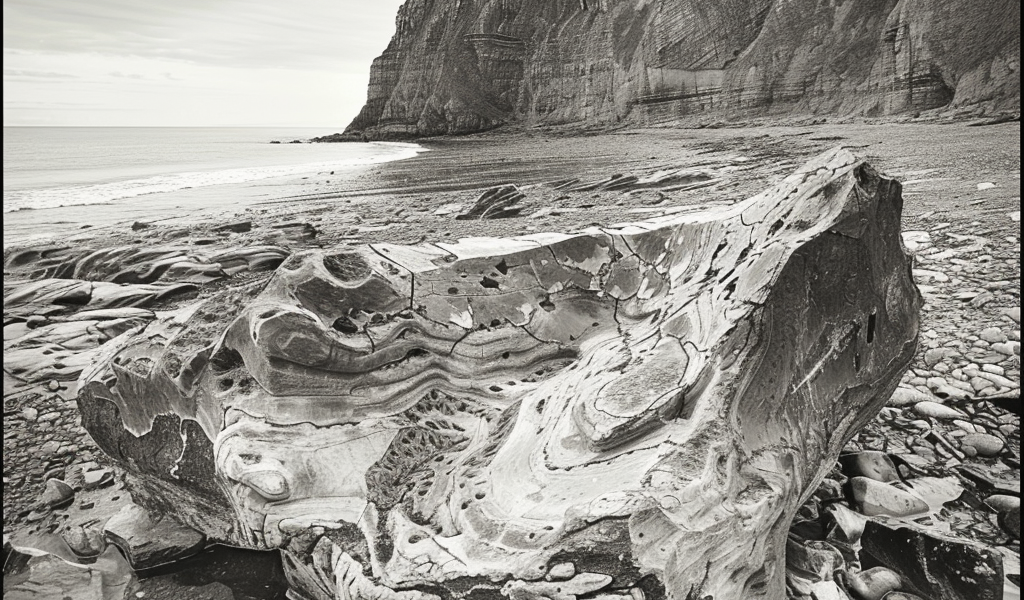Scientists have made a groundbreaking discovery in the cliffs on the coast of South West England. They believe they have found the world’s earliest known fossilised forest near Minehead, Somerset. The discovery, made by researchers from Cambridge and Cardiff Universities, is said to be the oldest fossilised trees ever found in Britain and the oldest known forest on Earth.
The fossilised trees, known as calamophyton, are said to resemble palm trees and are considered a ‘prototype’ of today’s trees. Some of the largest trees found were between two and four meters tall. The researchers also identified fossils of plants, debris, tree logs, and traces of roots, providing valuable insights into how early trees shaped landscapes and stabilized riverbanks and coastlines millions of years ago.
Dr. Christopher Berry from Cardiff’s School of Earth and Environmental Sciences expressed his amazement at seeing the trees so close to home. Dr. Paul Kenrick, an expert on plant fossils at the Natural History Museum, emphasized the significance of the clues provided by the fossils about how plants grew together during that time period.
The fossil forest is estimated to be about four million years older than the previous record holder in New York State. It was found in the Hangman Sandstone Formation along the Devon and Somerset coasts and dates back to the Devonian Period, between 419 and 358 million years ago. The researchers believe that the area of the find was once a semi-arid plain, attached not to England, but to parts of Germany and Belgium, where similar fossils have been discovered.
Prof Neil Davies from Cambridge’s Department of Earth Sciences, the study’s first author, described the forest as ‘pretty weird’ and unlike any forest seen today. He noted the absence of undergrowth and grass, but highlighted the significant impact of the densely-packed trees on the landscape.





